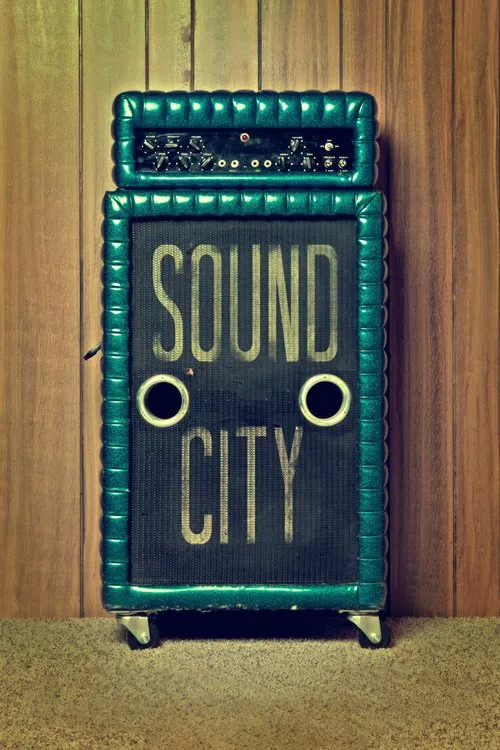Sound City

Plot
Sound City, a documentary film directed by Dave Grohl, takes viewers on a fascinating journey through the storied history of the legendary recording studio in Los Angeles. Located on Laurel Canyon Boulevard, Sound City had served as the stomping ground for some of the most iconic bands and artists of the 1970s, 80s, and 90s, including Neil Young, Tom Petty, and Fleetwood Mac. Its impressive collection of analog equipment and vast studio space had made it a sought-after destination for musicians seeking to craft their finest work. The film begins with Grohl's personal connection to Sound City. As a renowned musician and drummer for Nirvana, he had spent considerable time at the studio, recording the band's iconic self-titled album in 1991. Upon Nirvana's dissolution, Grohl went on to form the Foo Fighters, continuing to seek out the expertise and creative haven that Sound City had provided. In 2011, with interest in Sound City's legacy at an all-time high, Grohl decided to purchase the studio and revitalize its reputation. To achieve his vision, Grohl collaborated with longtime friend and producer Butch Vig, who had played a pivotal role in shaping the sound of Nirvana's breakthrough second album, Nevermind. Together, they embark on a mission to preserve the spirit of Sound City's analog era while simultaneously exploring the rapidly evolving digital music landscape. This narrative arc forms the core of Sound City, an intimate and thought-provoking examination of how digital technology has redefined music creation and distribution, leading to an astonishing democratization of opportunities for artists. The film delves into a series of compelling interviews with past and present artists who have come to Sound City to create music. Paul McCartney recalls the sessions that gave birth to his album, Band on the Run, an era in which sound engineers were pushing the creative boundaries of analog recording. Stevie Nicks offers a glimpse into the making of Fleetwood Mac's Fleetwood Mac, highlighting the camaraderie and tensions that fueled their most celebrated work. These vignettes from the rich history of Sound City vividly illustrate the value placed on human craftsmanship and artistic collaboration during the golden era of analog recording. Conversely, the documentary juxtaposes these accounts with the perspectives of younger artists, illustrating the stark contrast between the current commercial landscape. Grohl interviews artists such as Nine Inch Nails' Trent Reznor and Smashing Pumpkins' Billy Corgan, among others, as they explore the impact of digital recording software and social media platforms on their creative endeavors. In contrast to their analog counterparts, these artists often find themselves more isolated and detached from the music-making process, often relying on software-generated beats, pre-programmed backing tracks, and remote studio collaborations. Despite the rise of digital recording technology and the democratization of music creation, Grohl remains committed to preserving Sound City's analog ethos. In an effort to revive the studio's fortunes, he invests in high-quality analog equipment and fosters a collaborative atmosphere among recording artists. He enlists renowned musicians to contribute to Sound City's revival, including Paul McCartney and Rick Springfield, further highlighting the enduring appeal of human collaboration in the music-making process. One of the documentary's most compelling aspects lies in Grohl's introspection on his place within the digital music landscape. As the founder of the Foo Fighters, he must navigate the tensions between maintaining his commercial output using modern technology and preserving the timeless spirit that has guided his musical endeavors thus far. This internal conflict forms a poignant subtext to the film, illuminating the creative compromises and artistic dilemmas that many modern musicians face as they adapt to a rapidly shifting musical landscape. In bringing Sound City back to life, Grohl has succeeded not only in reviving an artistic institution but also in capturing the essence of this pivotal cultural shift in the music industry. By juxtaposing analog and digital recording techniques, the film illuminates both the value of preserving historical craftsmanship and the limitless possibilities that come with embracing digital innovation. Ultimately, Sound City emerges as a testament to the timelessness of music creation and the indomitable spirit of those who seek to push artistic boundaries. The film presents a profound assessment of the impact that digital technology has had on the music industry and invites viewers to reflect on the importance of human collaboration and creative authenticity within this changing environment.
Reviews
Recommendations




